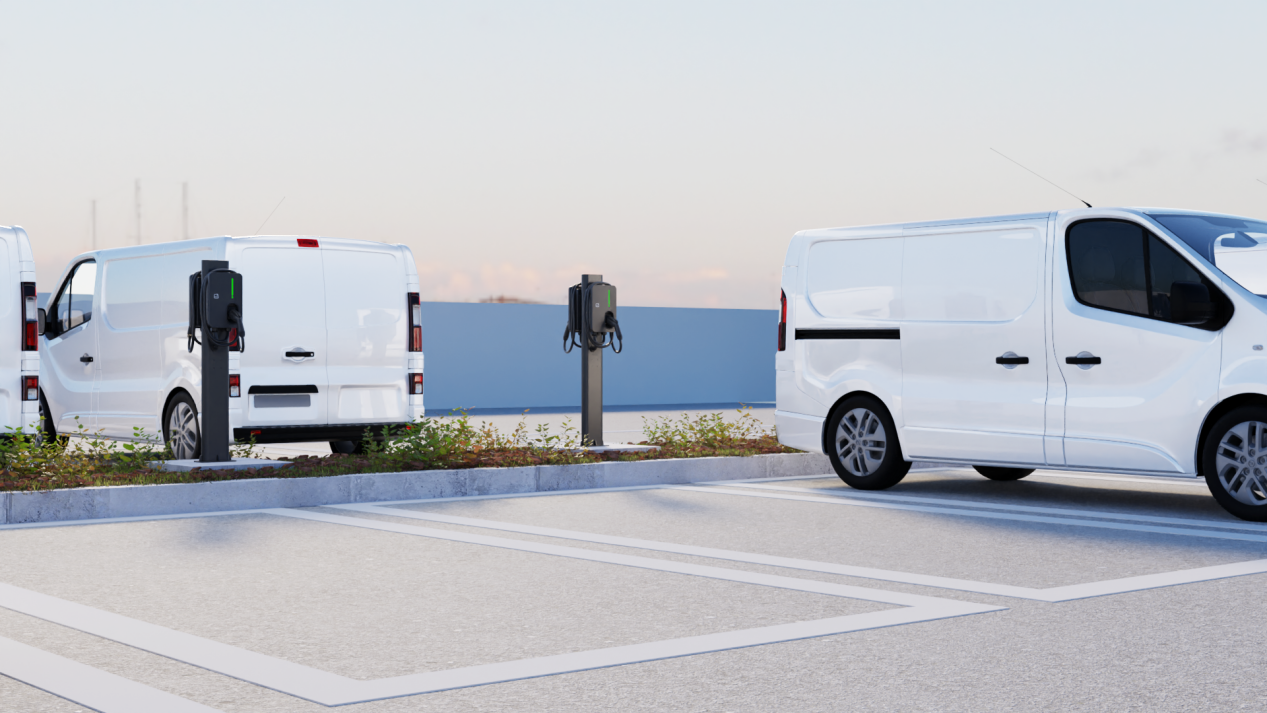
For charging point operators (CPOs), choosing the right EV chargers is critical to delivering reliable and efficient charging services while maximizing return on investment. The decision depends on factors such as user demand, site location, power availability, and operational goals. This guide explores the various types of EV chargers, their benefits, and which ones are best suited for CPO operations.
Understanding EV Charger Types
Before diving into recommendations, let’s look at the main types of EV chargers:
Level 1 Chargers: These use standard household outlets and are not suitable for CPOs due to their low charging speed (up to 2-5 miles of range per hour).
Level 2 Chargers: Offering faster charging (20-40 miles of range per hour), these chargers are ideal for destinations like parking lots, malls, and workplaces.
DC Fast Chargers (DCFC): These provide rapid charging (60-80 miles in 20 minutes or less) and are perfect for high-traffic locations or highway corridors.
Factors to Consider for CPOs
When selecting EV chargers, consider these key factors:
1. Site Location and Traffic
●Urban Locations: Level 2 chargers may suffice in city centers where vehicles park for extended periods.
●Highway Corridors: DC fast chargers are ideal for travelers needing quick stops.
●Commercial or Retail Sites: A mix of Level 2 and DCFC chargers can accommodate diverse user needs.
2. Power Availability
●Level 2 chargers require less infrastructure investment and are easier to deploy in areas with limited power capacity.
●DCFC chargers demand higher power capacity and may require utility upgrades, which can increase upfront costs.
3. User Demand
Analyze the type of vehicles your users drive and their charging habits.
For fleets or frequent EV users, prioritize DCFC for faster turnarounds.
4. Smart Features and Connectivity
●Look for chargers with OCPP (Open Charge Point Protocol) support for seamless integration with your backend systems.
●Smart features like remote monitoring, dynamic load balancing, and energy management optimize operations and reduce costs.
5. Future-Proofing
Consider chargers that support advanced standards like ISO 15118 for Plug & Charge functionality, ensuring compatibility with future EV technologies.
Recommended Chargers for CPOs
Based on common CPO requirements, here are the recommended options:
Level 2 Chargers
Best For: Parking lots, residential complexes, workplaces, and urban areas.
Pros:
●Lower installation and operational costs.
●Suitable for locations with longer dwell times.
Cons:
Not ideal for high-turnover or time-sensitive locations.
DC Fast Chargers
Best For: High-traffic areas, highway corridors, fleet operations, and retail hubs.
Pros:
●Fast charging to attract drivers in a hurry.
●Generates higher revenue per session.
Cons:
●Higher installation and maintenance costs.
●Requires significant power infrastructure.
Additional Considerations
User Experience
●Ensure chargers are easy to use, with clear instructions and support for multiple payment options.
●Provide visible signage and accessible locations to attract more users.
Sustainability Goals
●Explore chargers that integrate renewable energy sources like solar panels.
●Choose energy-efficient models with certifications like ENERGY STAR to reduce operational costs.
Operational Support
●Partner with a reliable supplier offering installation, maintenance, and software support.
●Opt for chargers with robust warranties and technical support for long-term reliability.
Final Thoughts
The right EV charger for a charging point operator depends on your operational goals, target users, and site characteristics. While Level 2 chargers are cost-effective for destinations with longer parking durations, DC fast chargers are essential for high-traffic or time-sensitive locations. By evaluating your needs and investing in future-ready solutions, you can enhance user satisfaction, improve ROI, and contribute to the growth of EV infrastructure.
Ready to equip your charging stations with the best EV chargers? Contact us today for customized solutions tailored to your business needs.
Post time: Nov-26-2024
